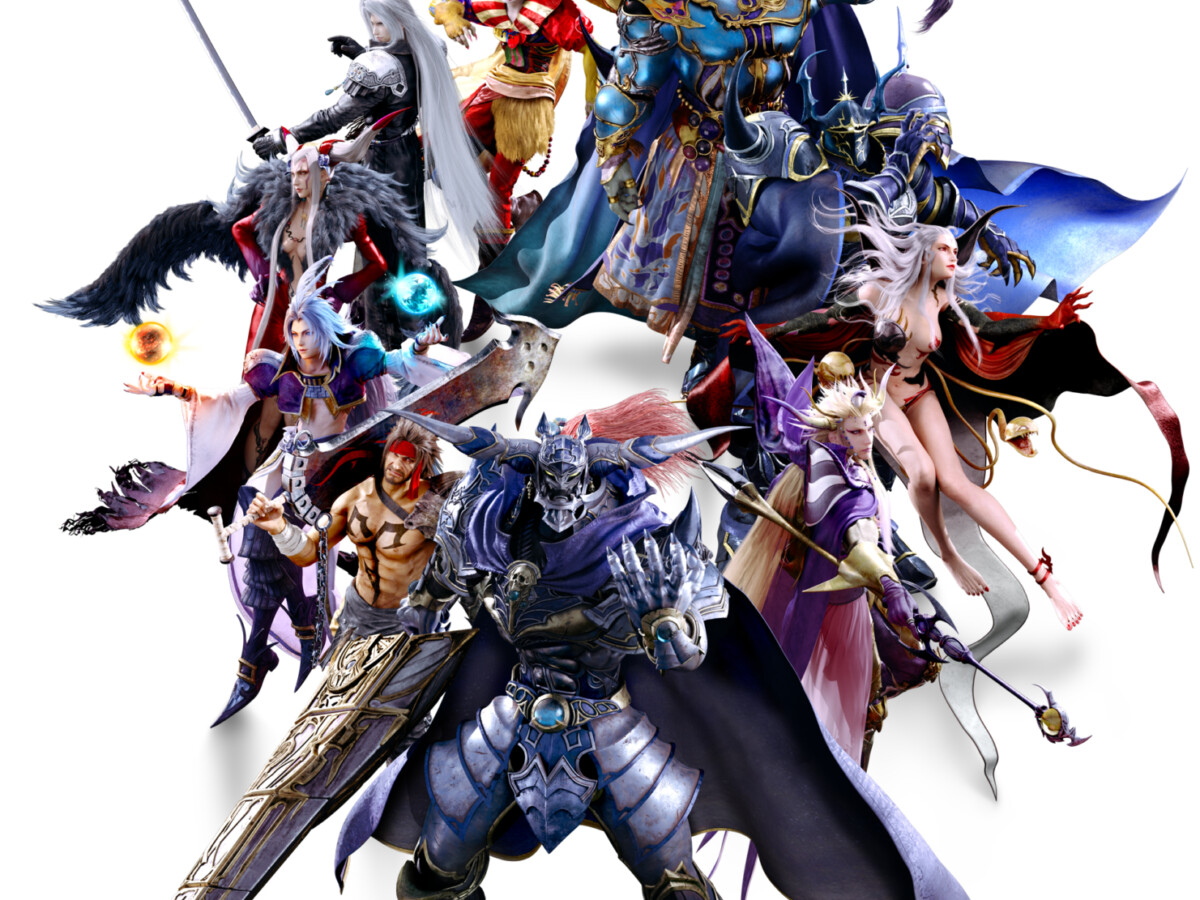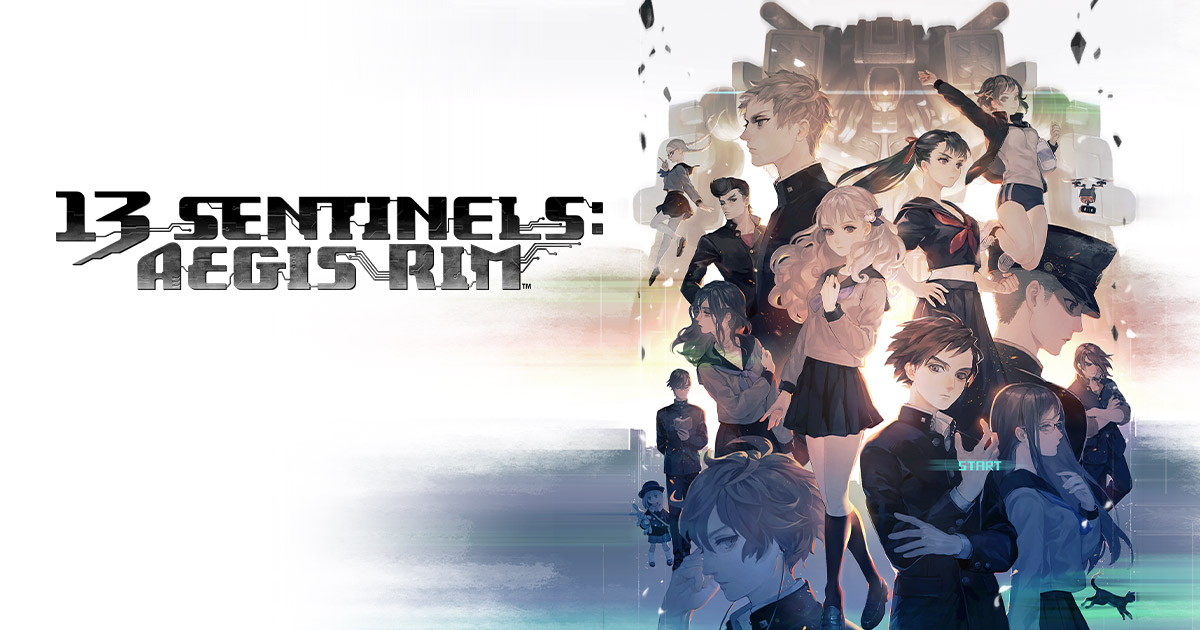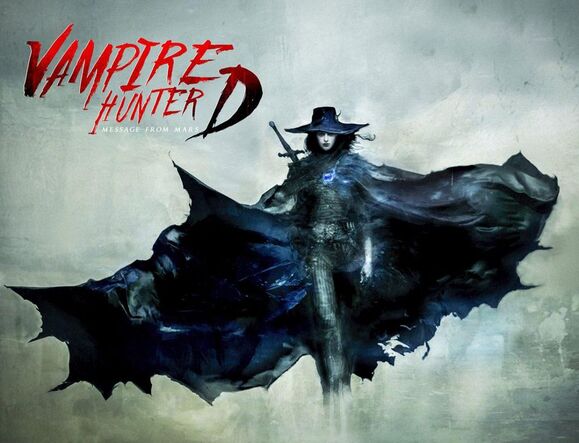"The secrets of PHILOSOPHY and THOUGHT..." - Patrick Stuart referencing a conversation with me. A blog about Tabletop RPGs and other Weirdness.
My Games
Friday, September 22, 2023
BONUS: Playdate Not-Review
Thursday, March 30, 2023
Post Apocalyptic Science Fantasy Mecha (CROSSOVER) Game: Gundam, Evangelion, Mazinger
- Just Ability Scores, HP, etc. for Pilots.
- Each Character is assumed to be able to deal d6 Damage of any Ability Score in or out of Mecha as contextually appropriate, unlike MRD where it varies by Item, Feature, or Nazarite Contract in MRD Vol. 2.
- Saves are roll-under Ability Score or MRD style: roll-under Ability Score and roll-under Karma for degrees of success/failure.
- Each Mecha has a Core and three Gear, each consisting of two words (WORD1+WORD2).
- Swappable Mods can be added to a Gear ((WORD1+WORD2)+WORD3) and expand the scope of what they can do.
- Use of Gear is freeform; maybe it deals d6, maybe it requires a Save, maybe it just does whatever it does based on GM rulings.
- When Gear are disabled, they lose a Word. Mods are destroyed permanently, but regular Gear compounds can be repaired outside of Conflict. Again, how they are disabled is freeform.
- Enemies can be defeated either by depleting HP (most enemies just have a single pool, PCs have separate pools for each Ability Score), or by destroying Mecha Gear and disabling the Mecha, if in Mecha Conflict.
Friday, April 1, 2022
Worldbuilding with Pokemon
The big war; the cities bombed and nations EM-pulsed; civilization as we know it is on the way out, but adults still cling to the old world from only a few years ago. On the other hand, the children wish only to leave their homes, to travel the empty, broken roads, and to collect and battle the monsters that have surfaced (or, perhaps, resurfaced) in the wake of humanity's decline. The world is in anarchy. Some of the magical creatures the children geas are intelligent, some infinitely more so than humans. They bide their time as anarchy ensues and humanity dissolves under its own weight.
Sunday, March 6, 2022
Weird & Wonderful Wavelengths (Variety Show s1e2)
That sure was something folks. Reminds me of my conversation with Gearoong. Horrific psychedelic Scooby-Don't and the Gang hunting Poltergeists in Maximum Recursion Depth (poor Frieda is already an Ashura).
so much to think about and do and seean itch to scratch and tear until it bleedsand yet its all so stifling to meto bring in brief relief to unmet needsto nonetheless deny the way this feelsit would be nice to rid myself of thisto win is not to spin again my wheelsinstead of hell to dwell in love and bliss
Sunday, October 17, 2021
Super Robot Wars-style Mecha
Weird & Wonderful Mecha
Sunday, January 31, 2021
"Final Fantasy" Worldbuilding
Originally posted on The OSR Pit
This post is probably not about what you think it’s about, it was just fun to troll :p. But it is, loosely, about Final Fantasy.
While nearly all of the Final Fantasy games take place in their own universe (or effectively so, even if they’re technically, loosely connected in some way or another), spanning all sorts of genres, from closer to traditional fantasy, to steampunk, cyberpunk, science fantasy, and even off-brand Americana, they have many overlapping elements.
You’ll see recurring character names like Cid and Gilgamesh, or summons like Ramuh and Ifrit, original creatures like Moogles and Chocobos; in some games, you see recurring original character classes, or semi-consistent class art design, even some recurring art design for more traditional fantasy monsters.
I tend to do this in my worldbuilding as well, if I build out a world long enough. On this blog, my first focus was on my science fantasy setting Phantasmos. More recently I’ve been focusing on Maximum Recursion Depth. I had already introduced one recurring character name, Doctor Lovesmenot, and I’ve been considering rolling over some other ideas from Phantasmos and possibly some of my other settings into MRD.
I go back and forth, between feeling like it’s creatively lazy, or too self-indulgent, to on the other hand thinking about how Final Fantasy, Zelda, Dragon Quest, and many other franchises, all do that too, and that’s part of what makes them endearing. It’s “part of the brand”, and while I could imagine the concern of being too tied to that brand, if I’m ever successful enough for people to be concerned with whether I’m straying too far from my brand, that’s just an entirely different set of problems.
I try not to get too precious with my ideas, something I discussed in a retrospective of my very first blog post, but at the same time, one of the hardest parts of focusing almost singularly on one setting as I’m having to do right now with MRD, is that I hate to abandon all of these other ideas from other settings that I’ve created. I find some comfort in the idea that somehow, all of my settings are connected, and they have these shared threads, and it’s ok if certain characters or names or concepts recur between them, or even if in some cases they contradict and in other cases they’re implied to be continuous. I guess in that way it’s a bit like Lovecraft’s anti-canon, before it got all mucked up as a “mythos”.
In any case, so I think rather than doing it half-way, or feeling a little ashamed for doing it, I’m just going to lean into it and own it, and really double down on the idea that there are going to be recurring elements across my settings, and hope that others see it as part of the charm as well. I haven’t given it too much thought yet beyond Doctor Lovesmenot, Mr. Smiley, and Hopscotch and Honeybee maybe, but I’m excited for what I come up with now that I’ve kicked down this door and accepted this as a thing I’m willing to do. Obviously, I don’t want to go so far that MRD and Phantasmos blur together, let alone some of my other settings, but they’re all different enough that I’m reasonably confident I can do this without that being a concern.
Anyway, what do you all think about “Final Fantasy” Worldbuilding?
Sunday, January 24, 2021
13 Sentinels: Aegis Rim Not-Review
13th Sentinels: Aegis Rim is really good and I want to talk about it. This was originally posted on The OSR Pit, with some changes now that I'm further into the game. I took a break from it for a while or else I probably would have finished it by now, but I believe I'm a little over halfway through the game, whereas the original post I was only a few hours into it.
This game is really good and more people should know about it. It’s sort of a visual novel, point and click adventure game, except laid out like a 2D brawler, with super-duper-high quality 2D hand-drawn character models and backgrounds (maybe they’re not actually 2D hand-drawn, but they have that look) and butter-smooth animations. Also, despite describing it like a point and click adventure game, for the most part, the puzzles/item management type stuff is pretty minimalist; there were only a few times I had to look up online how to do something.
BUT it’s also a mecha tactical RPG. But even then, not quite like any other I’ve played before. First of all, it has this really unique art style, where it’s like you’re watching from a tactical monitor, like a radar or something, so it’s almost more like a hi-fi space invaders (and I think that this is intentional). It’s really evocative, and it’s a clever way to cheat around not having to develop super detailed assets for both game modes. I was worried it would get confusing, and sometimes it’s hard to see certain things, but for the most part, it seems to work. I think that’s in part because, kind of like into the breach, the goal is different than in a standard tactical RPG, and so it’s almost more like a puzzle, and the visuals mostly facilitate this successfully. In this case, you’re trying to defend a base from waves of aliens, most of which go down pretty easily, so it’s really about area control and energy management (so you can use your maneuverability or range moves, or your area of effect moves). I’m not describing it well, but it’s unique and fun.
Also, despite what the name may lead you to think, it’s really nothing like Pacific Rim, or only in the loosest sense. Or, at least so far, anyway. I assume the name was intentionally evocative of Pacific Rim though, but maybe not.
It also has a really interesting story. In some ways, it seems like your traditional teen mecha anime, but it’s got some cool timey-wimey stuff, a non-linear narrative to go along with it, and it feels a little bit more in the vein of something like Evangelion, Gurren Lagann, or Darling in the Franxx, where it seems to me like there’s some subtext here, but I’m not far enough into the game to know what that is yet, or in any case it’s got some cool high concept ideas. As it goes on too, you realize that it is homaging so many things, like War of the Worlds, Terminator, magical girl genre, cyberpunk, and a whole bunch of other stuff that I don't want to spoil. Some of it is explicit, some of it not, but it homages all of these specific works or whole genres, while still feeling cohesive.
Also, while the prologue organizes things in a tight loop between VN sections and tactical sections, once the game actually opens up, it becomes much more non-linear. Because you follow different characters, you can play the different characters’ VN stories somewhat freely (some things get locked until you’ve completed other stories), and it seems that even within any given chapter, there are potential branching paths, and the narrative also seems to support the idea that these branching paths and non-linear story developments are co-occurring. But also, while there are incentives to intersperse story and tactical, it actually separates out those modes, which I thought was a really cool idea. So if you’re not in the right headspace for tactical gameplay, you can push through the story, and if you’re not in the right headspace for a narrative and just want to fuck up some aliens, you can push through the tactical gameplay. It actually feels like it should have been a handheld game; I usually play my switch docked anyway, but if it did come to switch, I’d probably recommend buying it on switch just to have the option to play it handheld. Both the tactical sections and VN sections, at least as far into the game as I’ve gotten, are fairly bite-sized, it feels like it was designed with this in mind, like maybe a few years earlier it would have been a Vita game (RIP Vita).
I was saying, I think it was on an RPG discord, how I think it’s interesting that mecha anime has fallen out of favor in recent years, with a few high profile exceptions, so this was a pleasant surprise. I still don’t have any deep insights about that… maybe one day.
I don’t off-hand have anything tabletop specific to say about this either, besides that, I’m enjoying the game on multiple levels and am finding it creatively inspiring. Perhaps the way it integrates the non-linear story with player choice, separates the modes, and uses visuals to unique effects, could be analogized to tabletop… I dunno, if I think of anything I’ll follow up.
Check this game out.
Thursday, October 15, 2020
Integrating Videogames into Tabletop RPG Conflicts
Most resolution mechanics in tabletop RPGs consist of player ingenuity, character ability, and some kind of dice roll or card draw. Generally, these resolution mechanics are used for their probability distributions, convenience of use, availability, to be a meta-component of the setting (e.g. poker chips and poker card mechanics for Deadlands), or just because they're fun.
- Videogames have a degree of inherent fun.
- It's potentially a lower barrier to entry for new players.
- If the videogame is a good meta-narrative fit with the campaign setting of the RPG then it could add to immersion.
- It adds a unique kind of player skill that you don't normally see in tabletop RPGs.
- It's a different kind of engagement with the game, if your players sometimes struggle with staying focused.
- If you find the right game, it can be faster than usual tabletop conflicts.
- It requires less prep / can be done on the fly.
- You can get more people involved in the game, even if they aren't playing the RPG directly.
- You could build a whole campaign setting around this, with different games as in-universe challenges and different characters in those games as avatars or champions of the players / PCs.
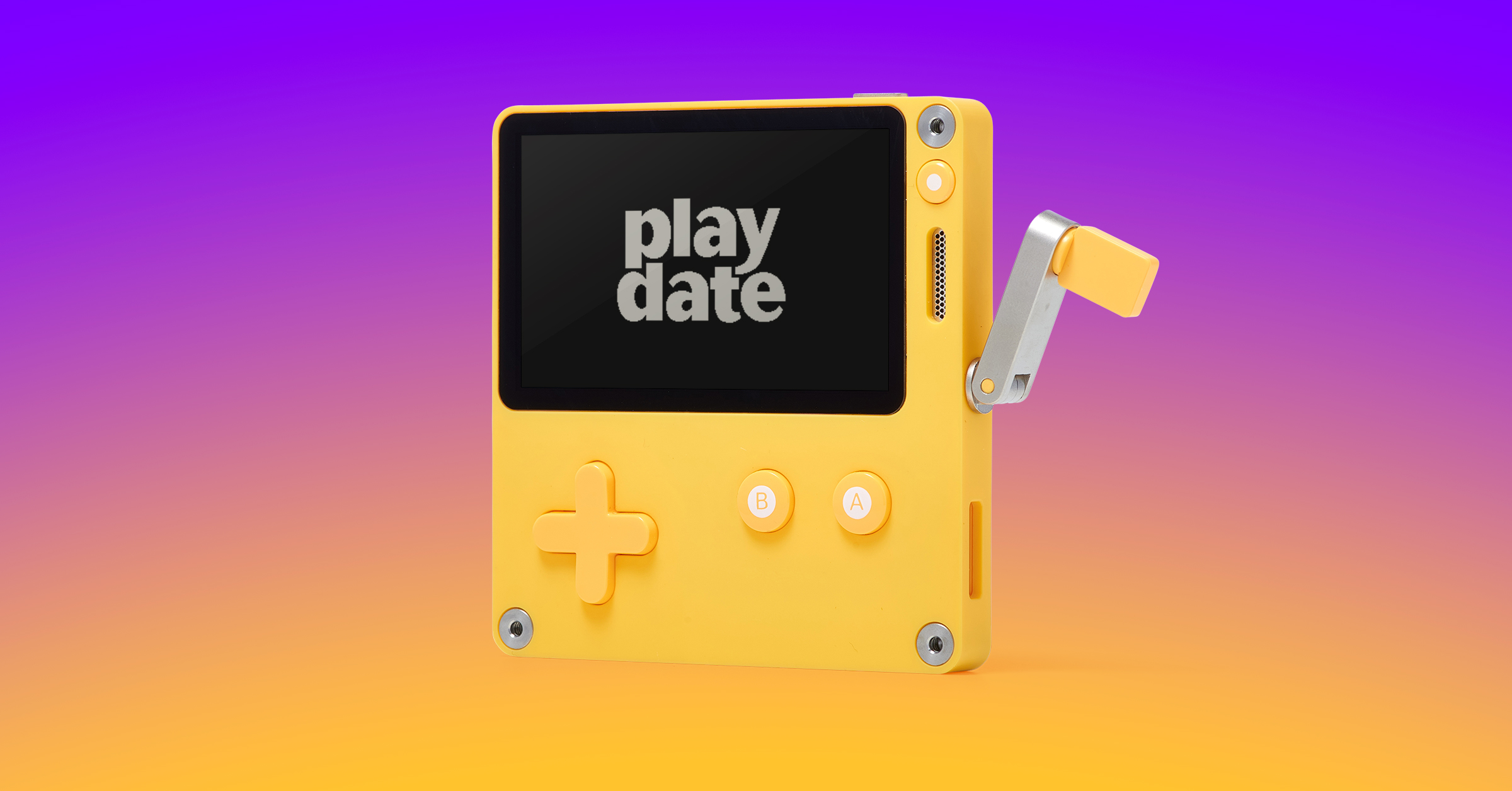


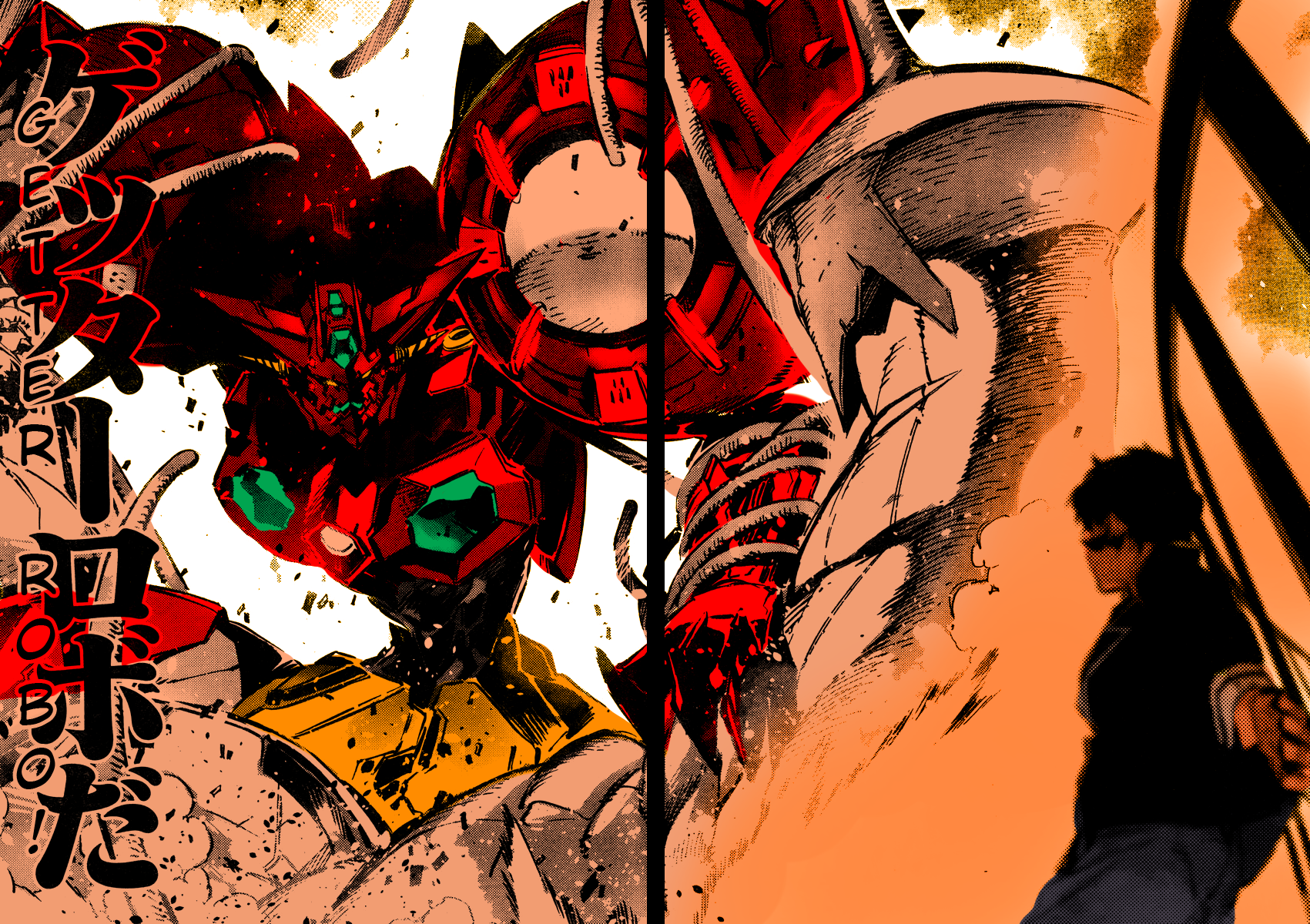

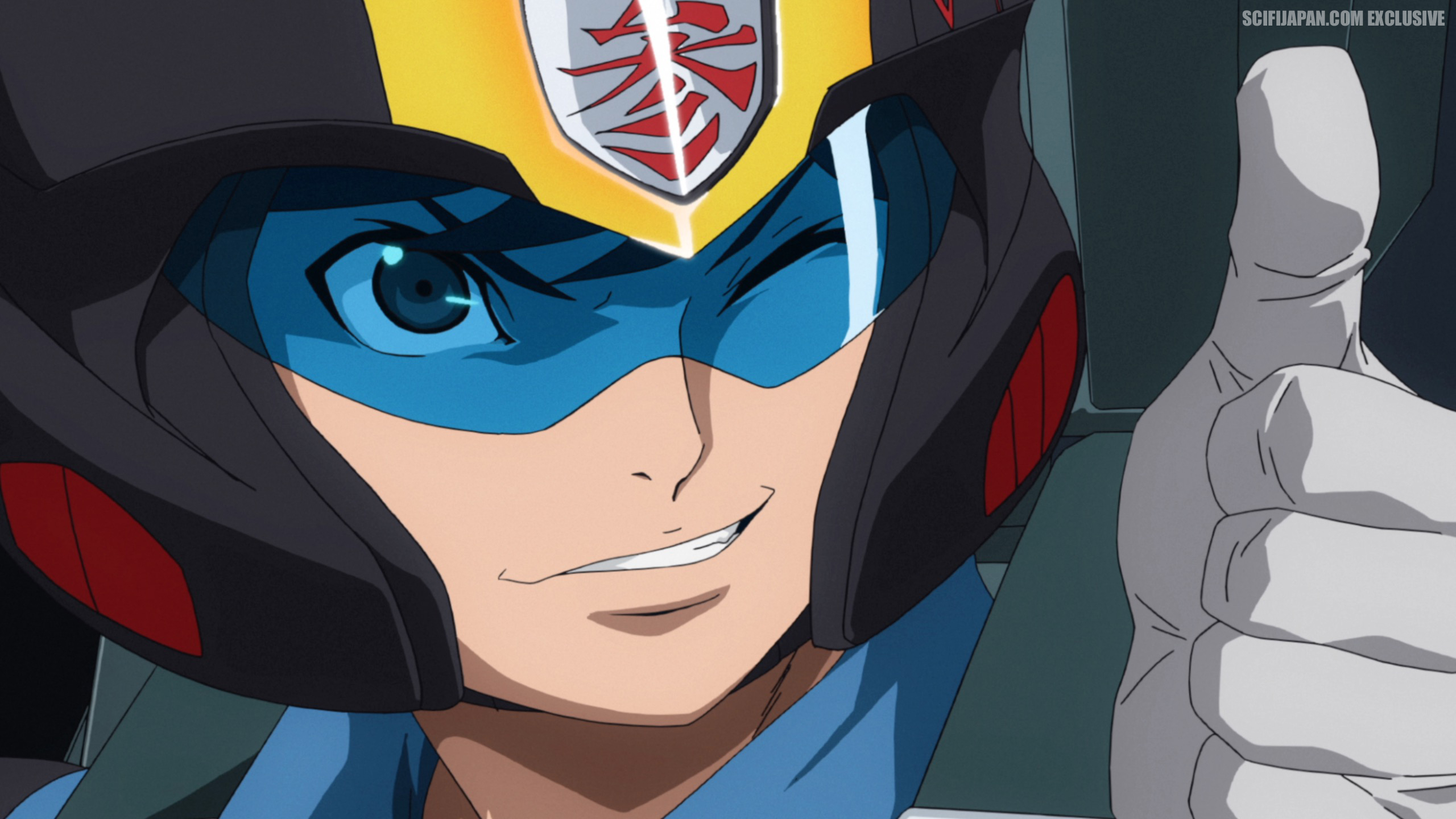



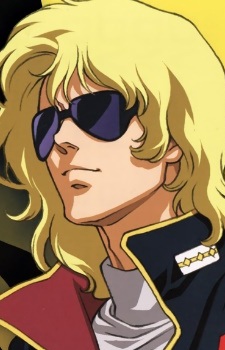
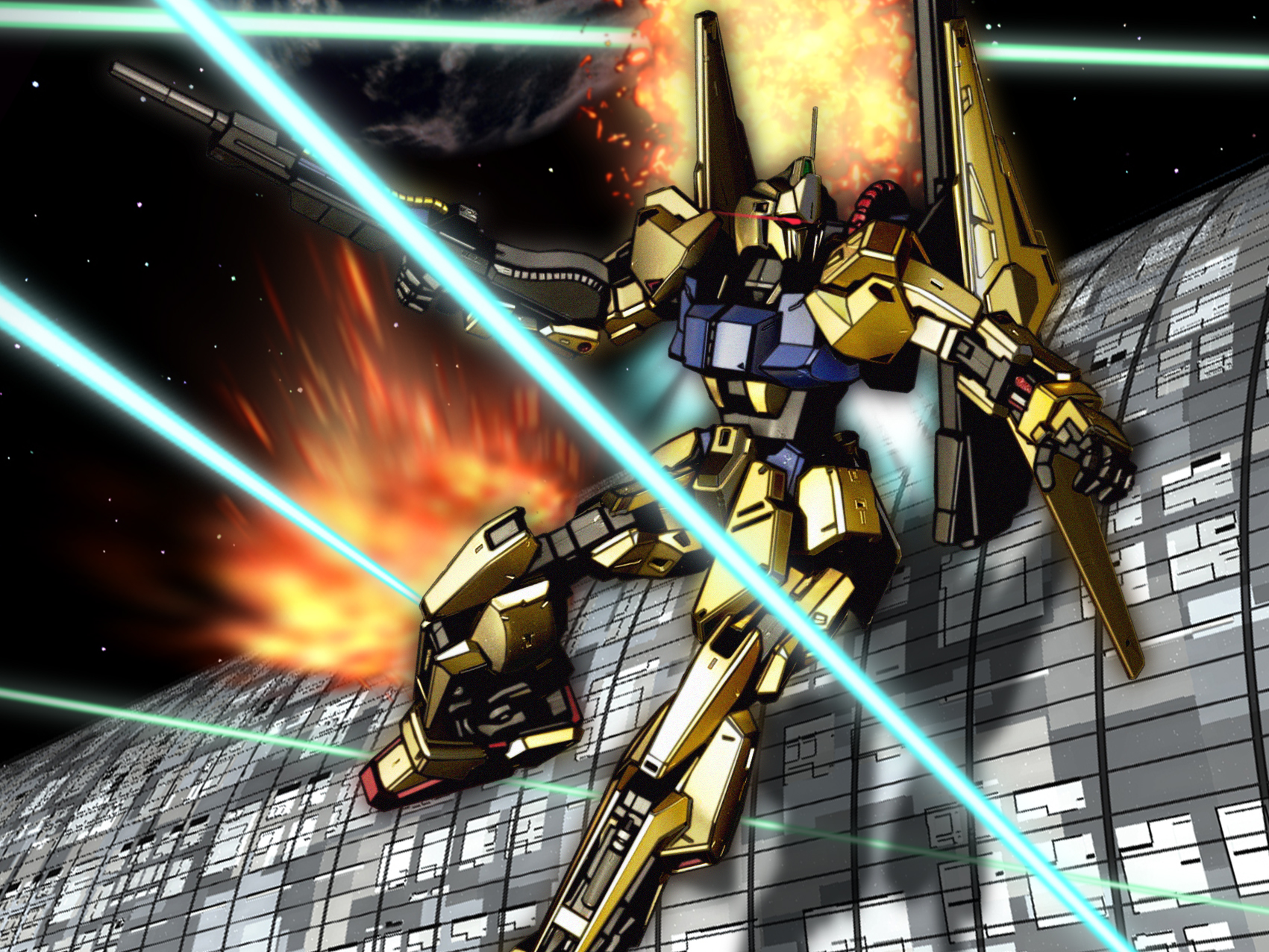
/cdn.vox-cdn.com/uploads/chorus_image/image/63642955/Screen_Shot_2019_04_19_at_1.45.11_PM.0.png)



